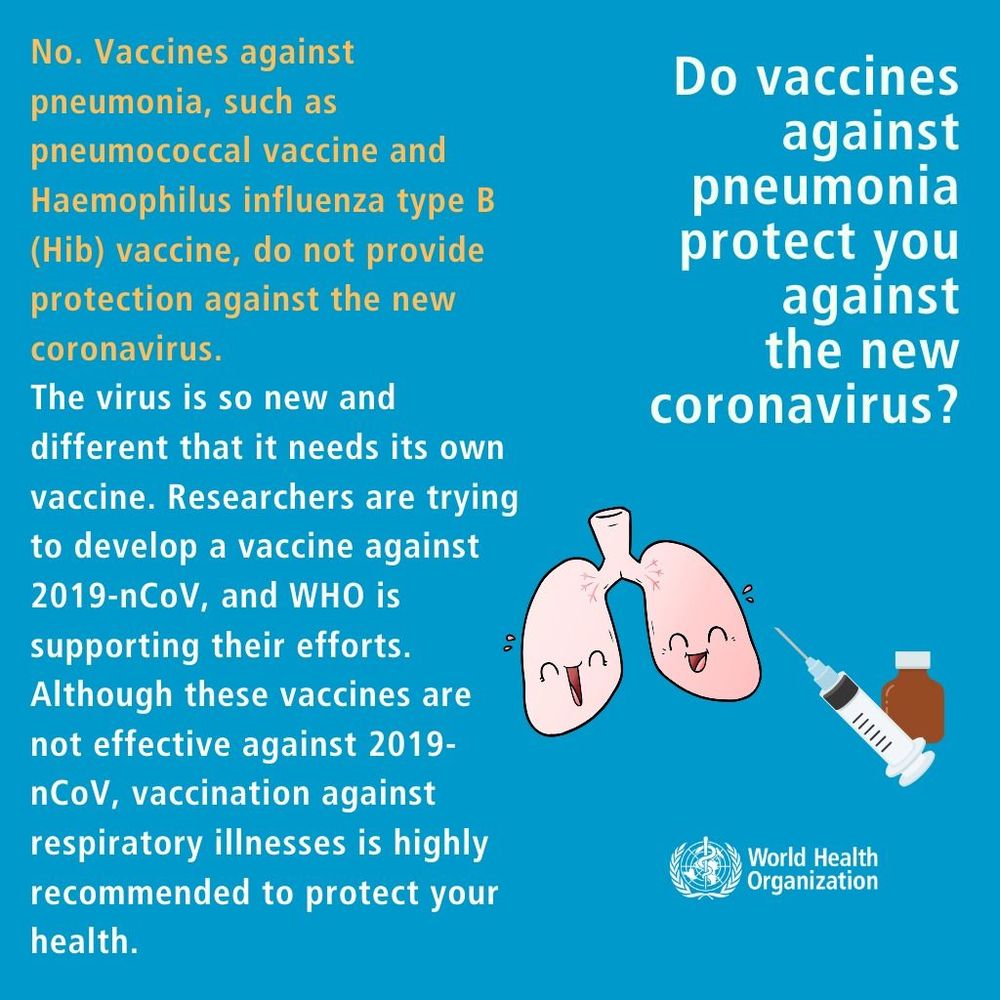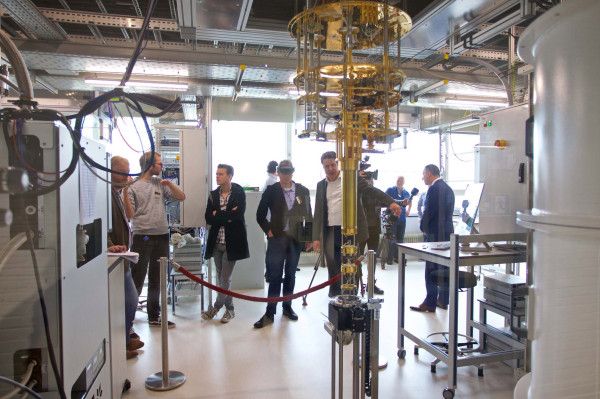A: No. Vaccines against pneumonia, such as pneumococcal vaccine and Haemophilus influenza type B (Hib) vaccine, do not provide protection against the new coronavirus. The virus is so new and different that it needs its own vaccine.



When pharmaceutical company Moderna issued a press release about the promising results of its Phase I clinical trial for a coronavirus vaccine, the media and the markets went wild. The New York Times ran a story that went viral on Twitter, racking up millions of views as social media influencers and doctors alike shared it far and wide. Moderna’s stock price shot up 20 percent and several peer companies like Novavax rallied even higher at more than 30 percent.
But was it justified?
The news cycle in the era of the coronavirus pandemic feels like tidal waves of hope and fear on steroids. Perhaps that’s because with more than 36 million Americans losing their jobs and more than 90,000 losing their lives, everyone is desperately looking for the light at the end of the tunnel. Covid-19 is taking an unprecedented physical and psychological toll on the American people and so small bits of potentially good news that should be taken with a grain of salt can end up dominating the headlines. People turn molehills into mountains because we really need and want a game-changer right now. But the truth is the truth regardless of what we want or feel, especially in science and medicine.

Pew pew :3.
The successful test of the powerful laser is a major step forward for the Navy’s directed energy weapons ambitions.
Top tier mothership structure in southwestern KS near Lakin last night with tornado warned supercell.

The Marine Corps has officially begun procurement of the Army’s Modular Handgun System to replace its existing pistol arsenal, the service announced on Tuesday.

Microsoft today announced that Azure Quantum, its partner-centric quantum computing platform for developers who want to get started with quantum computing, is now in limited preview. First announced at Microsoft Ignite 2019, Azure Quantum brings together the hardware from IonQ, Honeywell, QCI and Microsoft, services from the likes of 1QBit, and the classical computing capabilities of the Azure cloud. With this move to being in limited preview, Microsoft is now opening the service up to a small number of select partners and customers.
At its current stage, quantum computing isn’t exactly a mission-critical capability for any business, but given how fast things are moving and how powerful the technology will be once it’s matured a bit over the next few years, many experts argue that now is the time to get started — especially because of how different quantum computing is from classical computing and how it will take developers a while to develop.
If you’re interested in superlongevity and cognitive enhancement, I have a YouTube video to recommend. Our good friend, Ira Pastor, on his excellent podcast ideaXme, discusses with Dr. Rudolph Tanzi the topic of inflammaging, specifically brain inflammation, plaque, tau tangles, brain health, and Alzheimer’s disease. Then they discuss some emergent therapies to prevent Alzheimer’s by protecting the neurons.
The discussion is concise and complete, but also very easy to follow.
Ira Pastor, ideaXme life sciences ambassador, interviews Dr. Rudolph Tanzi, Joseph P. and Rose F. Kennedy Professor of Neurology at Harvard University, Vice-Chair of Neurology, Director of the Genetics and Aging Research Unit, and Co-Director of the Henry and Allison McCance Center for Brain Health at Massachusetts General Hospital.
Ira Pastor Comments
On this episode we are going to journey back to the topic of Alzheimer’s, a disease of substantial unmet medical need, projected to affect over a 100 million people globally by mid century.
